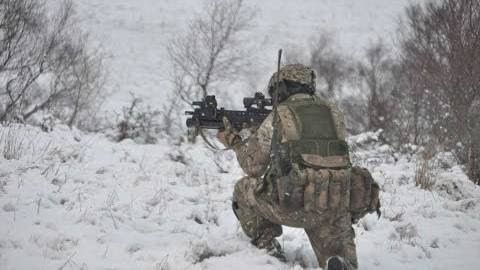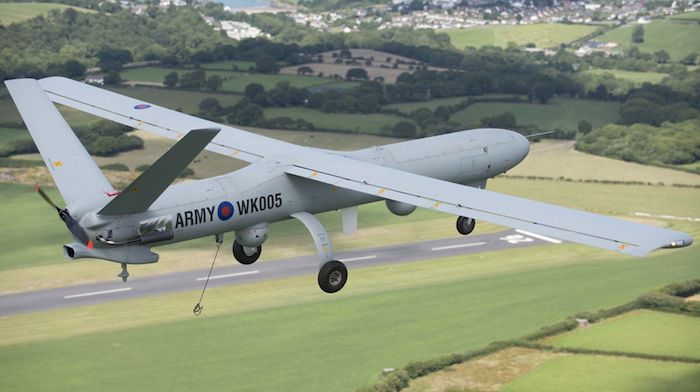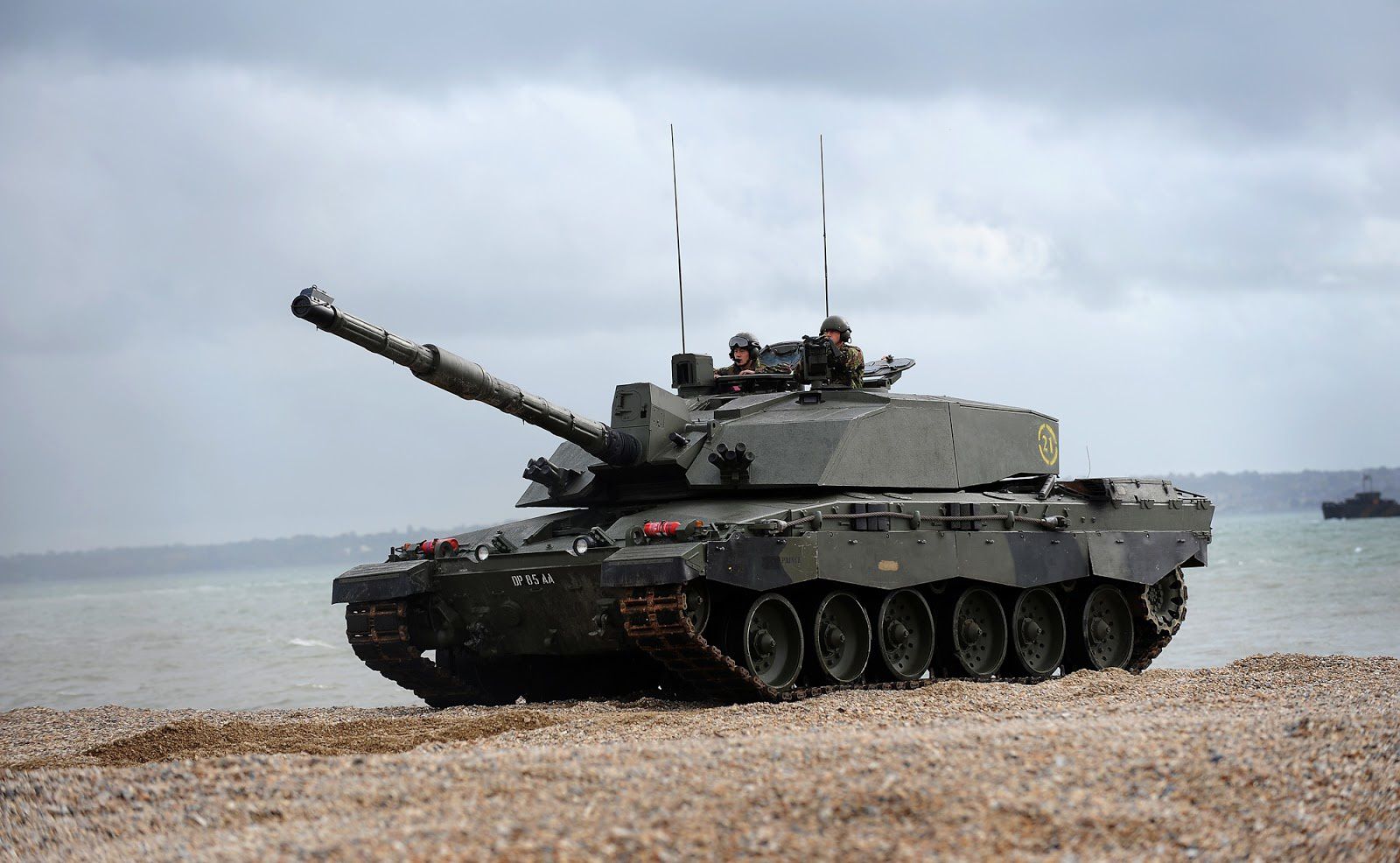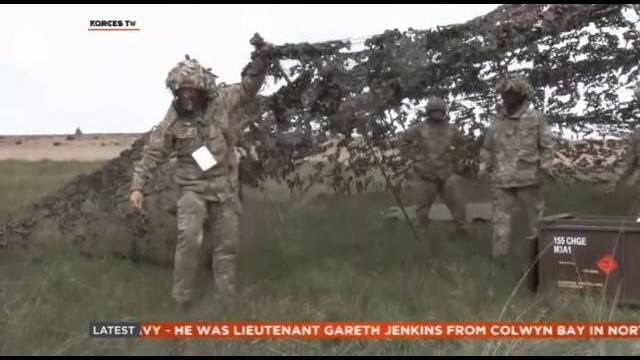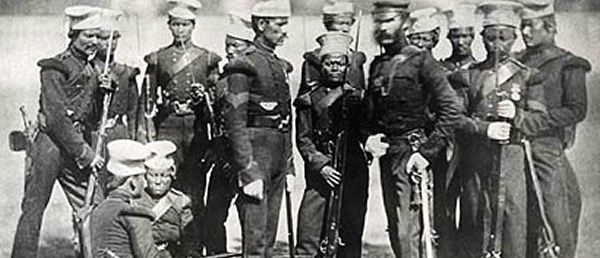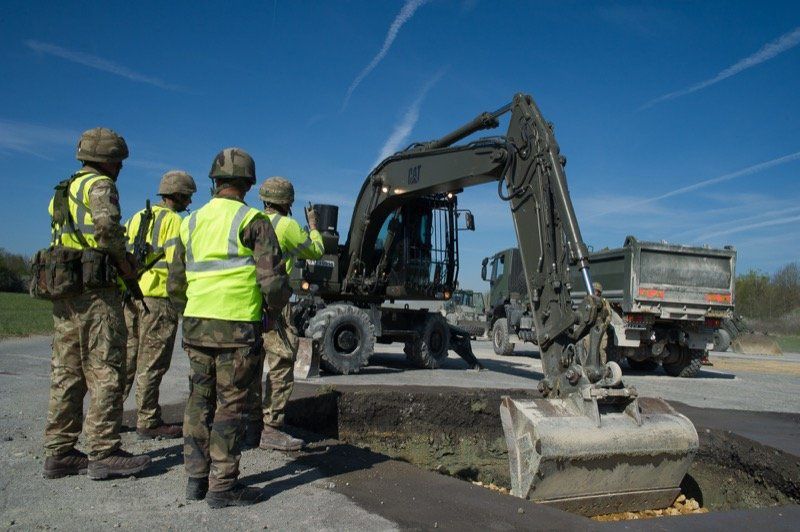15.09.2016 source SHD
15 septembre 1798 : reddition française (Irlande). Le général Humbert à la tête de 1000 Français (débarqués le 22 aout) et de 5000 rebelles irlandais se rend aux Britanniques. La tentative française d’appuyer l’insurrection irlandaise échoue malgré quelques victoires (Killala, Ballina et Castlebar).
15 septembre 1812 : incendie de Moscou. Napoléon Ier étant entré dans la ville la veille, le gouverneur général de Moscou, le comte Rostopchine (père de la comtesse de Ségur), ordonne de mettre le feu à la capitale. Le Tsar a ainsi sapé la gloire de Napoléon : la population moscovite s’est enfuie, la ville est en cendres et n’offre aucune possibilité de ravitaillement. L’hiver s’annonce. A lire Il neigeait de Patrick Rambaud.
15 septembre 1916 : premier engagement des « Tanks » britanniques (Secteur de Bapaume). Piétinant depuis deux mois dans leur offensive sur la Somme, les britanniques engagent pour la première fois des chars (nom de code : tanks = réservoirs) dans la région de Flers et Courcelette. Ces engins blindés, montés sur chenille (une innovation apparue en 1905 dans le milieu agricole), se montrent capables de franchir tous les obstacles y compris les rideaux de barbelés qui protègent les tranchées. La surprise des Allemands n'est malheureusement pas exploitée. En Angleterre, les chars d'assaut sont promus par le lieutenant-colonel Ernest Swinton, qui rallie à son idée le premier Lord de l'Amirauté, Winston Churchill. En France, le promoteur des chars d'assaut est le général d'artillerie Jean-Baptiste Estienne (1860-1934), qui a été aussi parmi les premiers à comprendre l'intérêt militaire de l'aviation. Mais les résistances du ministère de l'Armement ne permettront de mettre en ligne les premiers chars français que le 16 avril 1917, dans des conditions au demeurant décevantes. Les Allemands attendront la fin de la guerre pour se laisser convaincre par cette nouvelle technique. Une cérémonie commémore aujourd’hui ce premier engagement au Mémorial national néo-zélandais de Longueval.
15 septembre 1918 : offensive de rupture du front de Macédoine. « L’offensive du groupe d’armées alliées d’Orient (général Franchet d’Espérey) est commencée par une attaque de rupture menée par les 1ère et 2ème armées serbes renforcées de deux divisions françaises (11ème DIC et 122ème DI), appuyées par une artillerie française considérable déployée loin à l’avant et en altitude, contre les positions bulgares du massif de la Moglena, dans le triangle de montagnes formé entre les cours du Vardar et de la Crna Reka (littéralement la « rivière noire »). L’attaque piétine jusqu’au milieu de journée mais la saisie par hasard et par la 3ème Cie du 54ème RIC (Cne Cazeille), du piton de Kravica qui commande toutes les crêtes et toutes les liaisons de la position bulgare, permet aux Serbes de la Choumadia de déboucher, faisant tomber toutes les positions entre le Sokol et les Vetreniks, permettant aux divisions serbes de 2ème échelon de passer les lignes dès le soir et de lancer une poursuite qui ne s’arrêtera qu’à Belgrade (600 kilomètres plus loin) le 3 novembre, provoquant par ricochet la demande d’armistice du 11 novembre ». COL Christophe de L. (EMS)
15 septembre 1950 : débarquement à Inchon des troupes de l’ONU (Corée).
15 septembre 1958 : « achèvement » de la ligne Morice (frontière algéro-tunisienne). Pour empêcher les intrusions du FLN en Algérie, les bataillons du génie réalisent 300 km de barrage électrifié. Jusqu’à la fin des opérations en 1962, le barrage est sans cesse amélioré, le tracé linéaire initial de 1957 faisant peu à peu place à un dispositif en profondeur, la « nasse » comprenant plusieurs réseaux d’alerte, de freinage et d’arrêt reliés par un maillage de pistes. Il aura pleinement rempli son rôle de rendre étanche la frontière, et, partant, d’asphyxier progressivement les « rebelles » de l’intérieur, laminés par ailleurs par les grandes opérations du « Plan Challe ». A partir des grandes opérations du printemps 1958, la « rébellion » ne tentera plus de grands passages. Seuls des passages individuels ou de petites unités seront tentés. LCL Claude F. (CDEF).
A noter la présence, de 1958 à 1961, de l’ UDSM (unité de détection au sol de la marine) sur la ligne Morice. Equipée de radars anti-mortiers efficaces jusqu’à 25km contre un piéton, l’UDSM intervient en coordination avec des pièces de 105 mm. Le secteur affecté aux 200 hommes de l’Unité de détection au sol de la marine s’étend sur 15km environ de part et d’autre des postes de Soukies et de Ben Moussa. Les missions consistent à assurer une veille optique permanente de jour et une veille radar nocturne, à prendre à partie les échos suspects, à alerter les postes de la « herse mobile » et à guider sur zone les troupes d’intervention. Merci au CF Benjamin C. (SIRPA-M).
15 septembre 1990 : décision présidentielle de l’opération Daguet. François Mitterrand décide d’envoyer un corps expéditionnaire aux côtés des Américains en réponse à l’invasion du Koweït par l’Irak (02 aout 1990) et au saccage de l’ambassade de France à Koweït City (14 septembre 1990). La division Daguet comptera jusqu’à 12 000 hommes.
commenter cet article …





